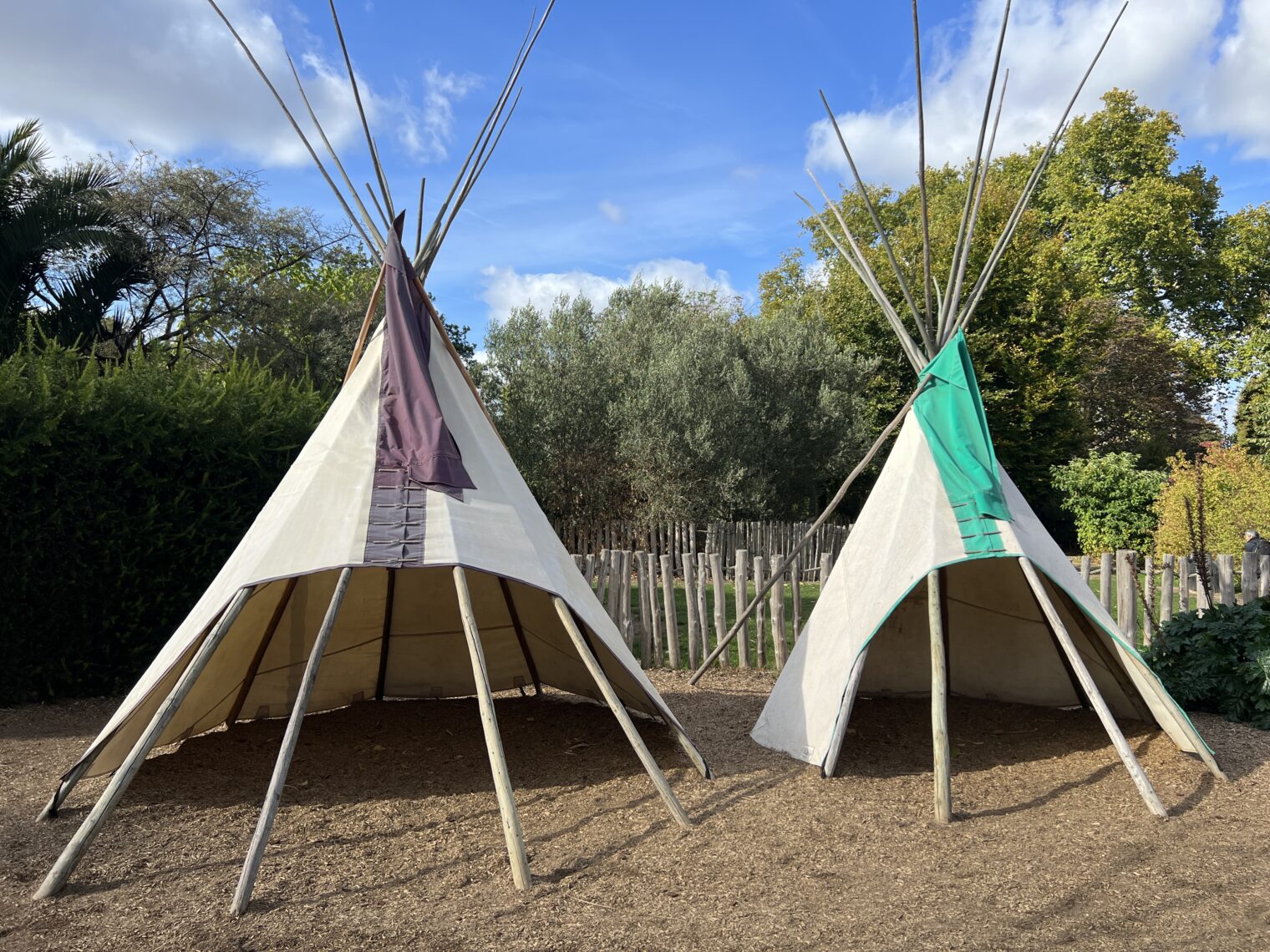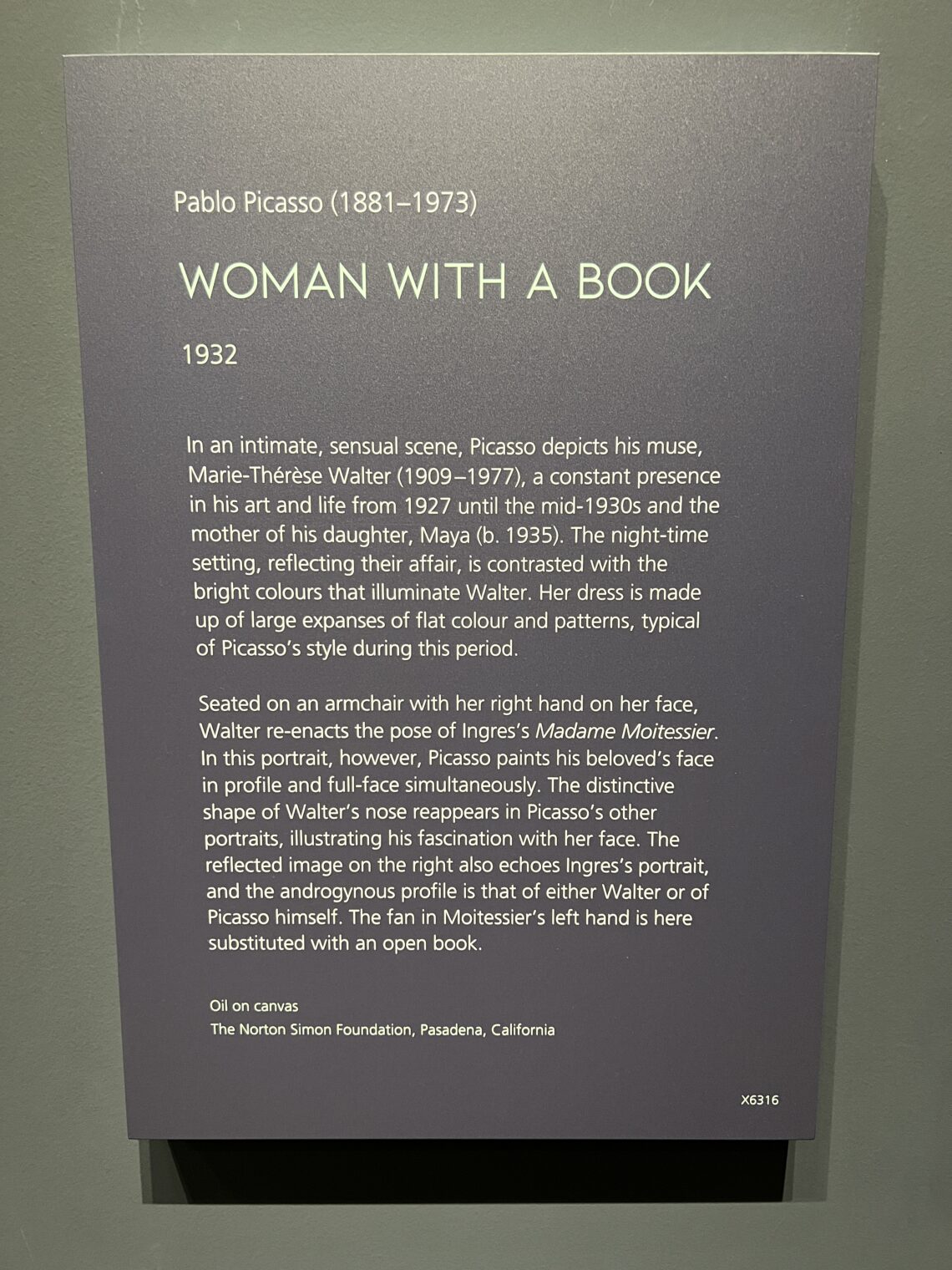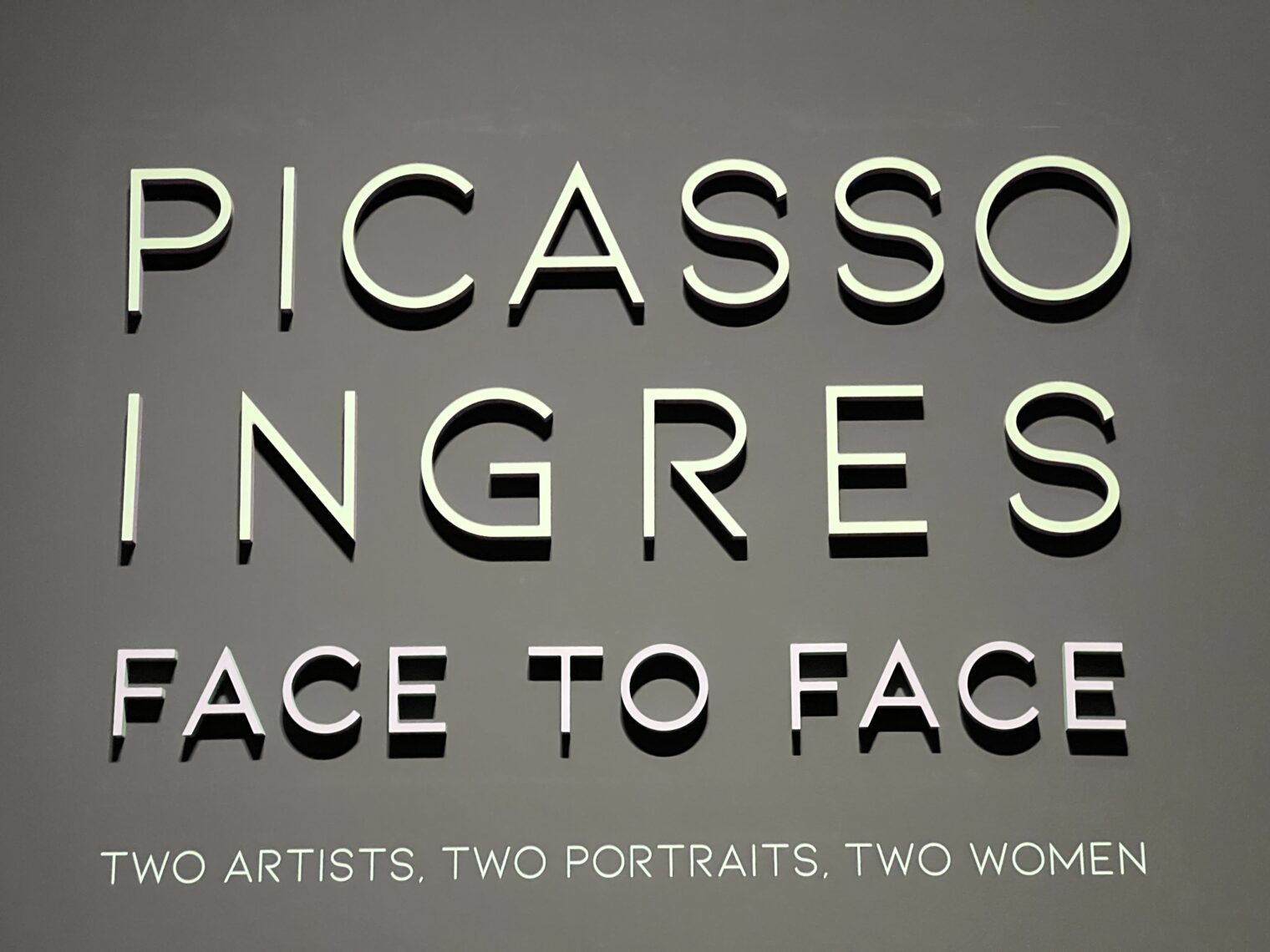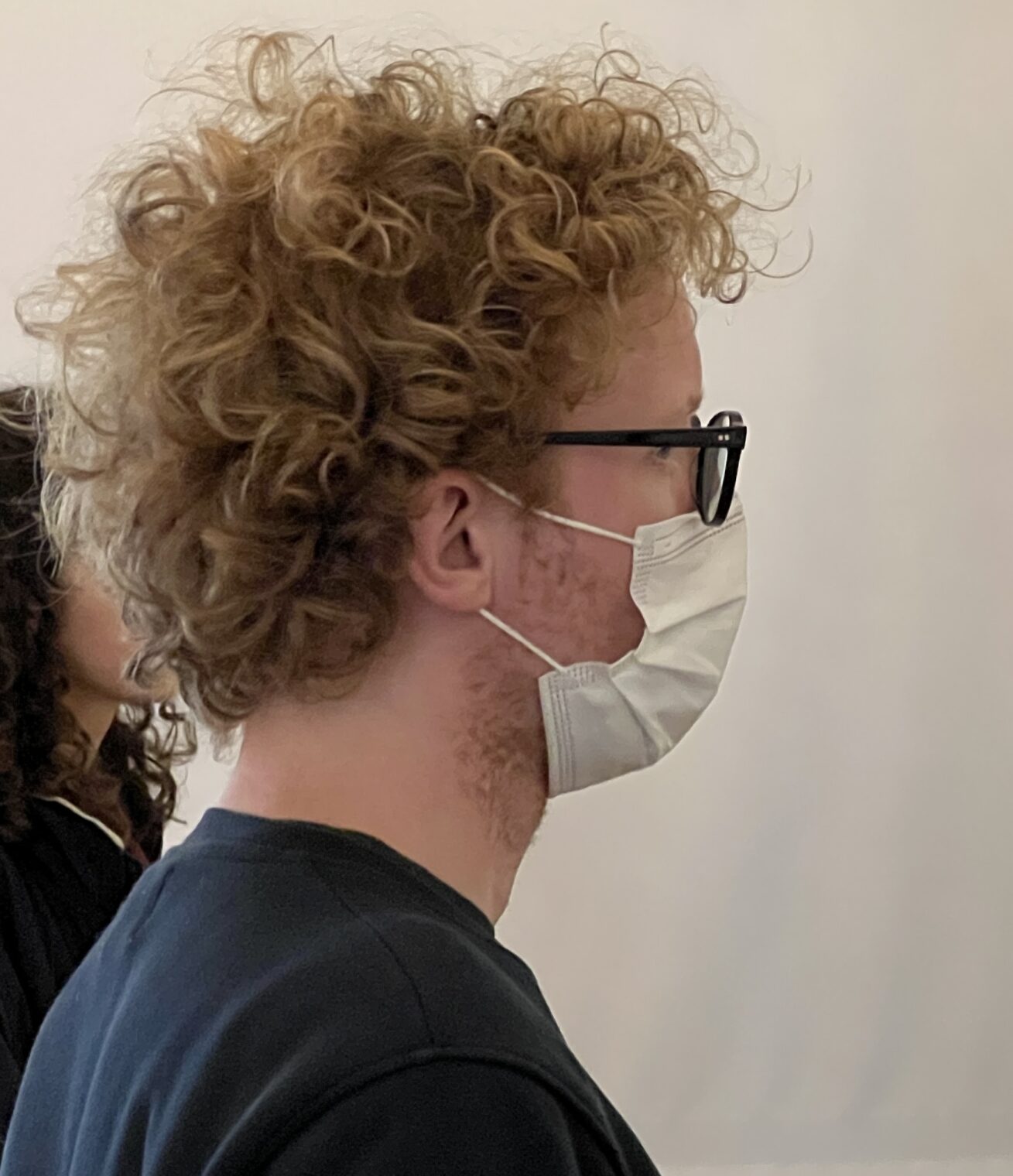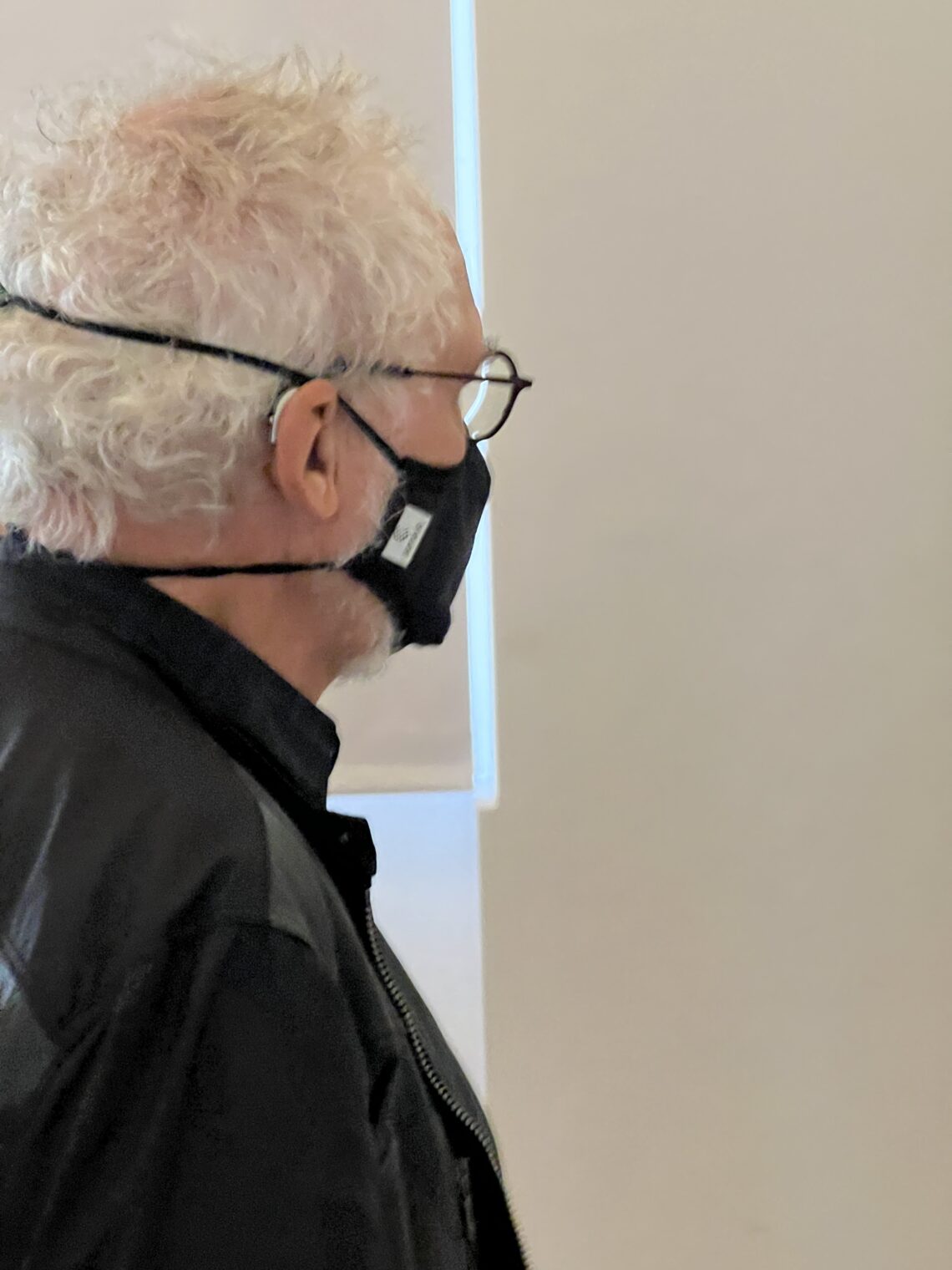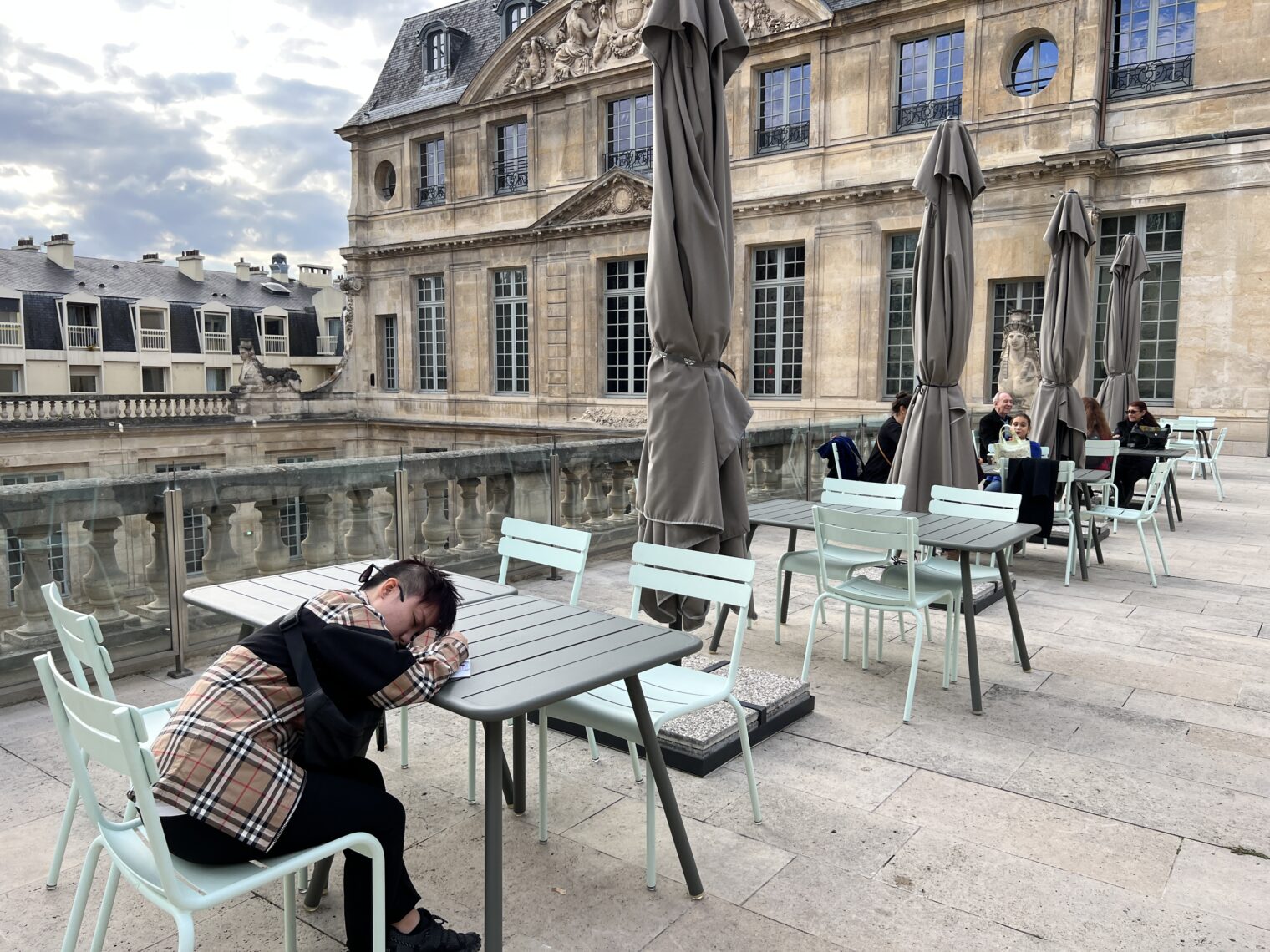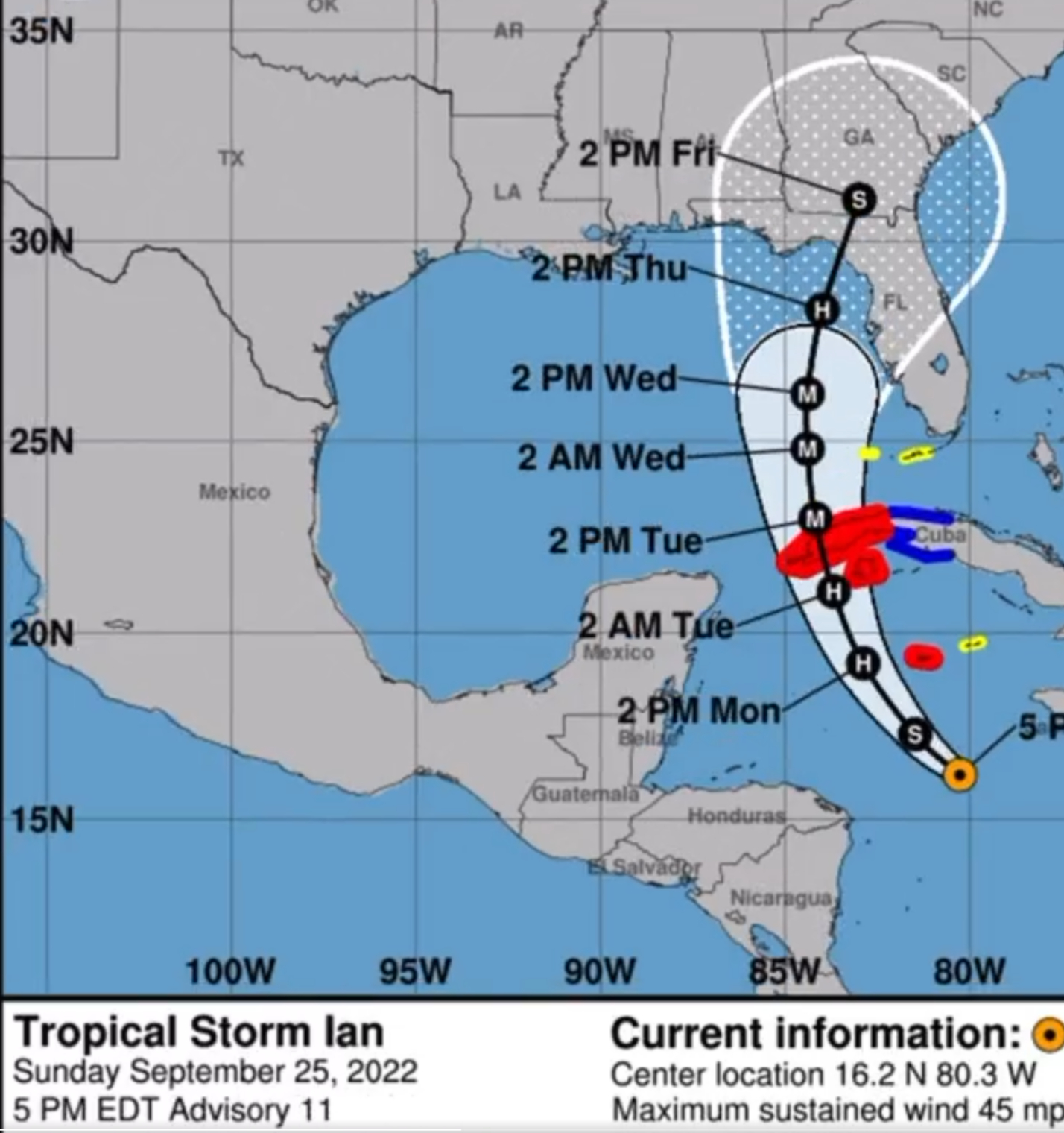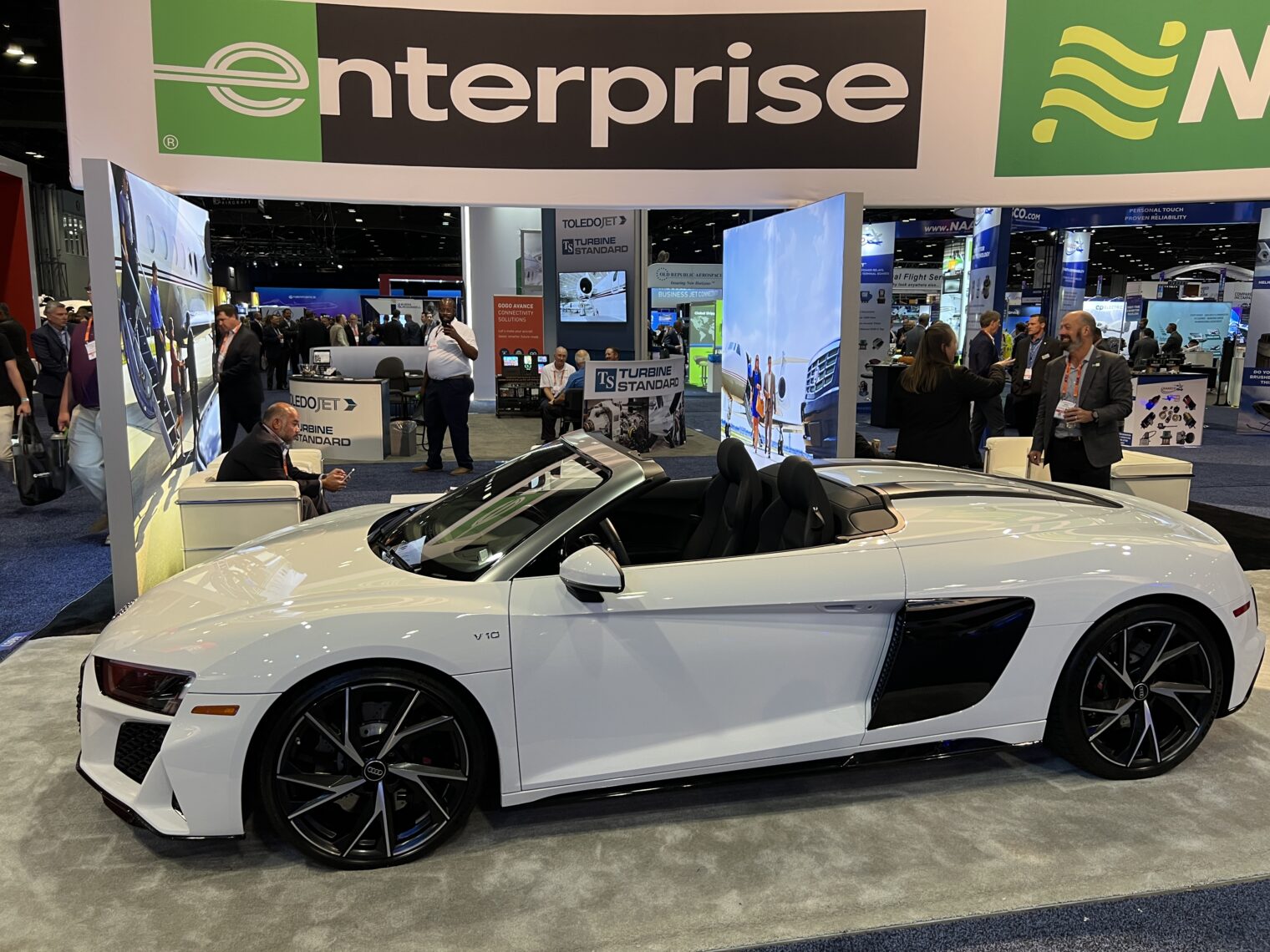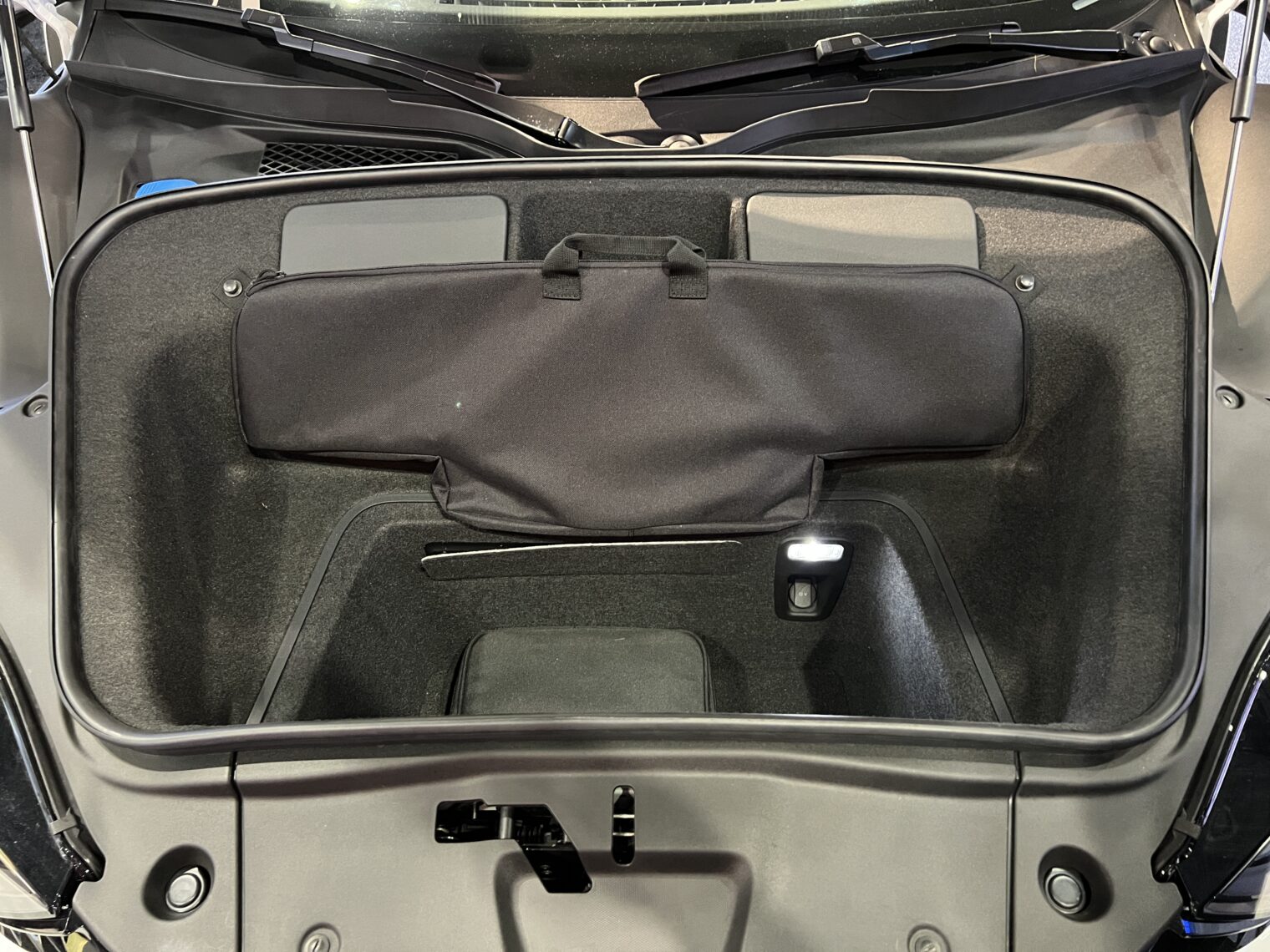The religion of Diversity and the failure of the recent UK government
“Liz Truss has appointed the most diverse cabinet ever.” (Guardian, 9/7/2022):
None of the four most senior jobs in the British government will be held by a white man.
We are informed that Diversity leads to superior results and that this has been proven as a Scientific fact. “There is a wealth of research that says diverse teams perform better because each team member brings a different perspective to the table.” (NYT 2018). “Why Diverse Teams Are Smarter” (Harvard Business Review, 2019):
In recent years a body of research has revealed another, more nuanced benefit of workplace diversity: nonhomogenous teams are simply smarter.
So the Liz Truss government was more diverse and more intelligent than any previous British government. Science would have predicted high performance for this group. Yet the same folks who tell us that diverse teams are better says that the Liz Truss team was incompetent:
Prime Minister Liz Truss announced on Thursday that she would resign, just days after her new finance minister reversed virtually all of her planned tax cuts, sweeping away a free-market fiscal agenda that promised a radical policy shift for Britain but instead plunged the country into weeks of economic and political turmoil.
Ms. Truss’s political viability had become tenuous after her proposals for broad unfunded tax cuts roiled markets and sent the pound’s value plunging. She suffered a grave blow on Monday, when her newly appointed chancellor of the Exchequer, Jeremy Hunt, said that the government was undoing the last vestiges of Ms. Truss’s tax proposals.
That announcement constituted one of the most dramatic reversals in modern British political history, and a humiliating repudiation of Ms. Truss’s leadership. In recent weeks, support for her Conservative Party had collapsed in opinion polls and unrest among its lawmakers intensified, undermining her ability to remain in office.
How do we maintain our faith in the religion of Diversity, Equity & Inclusion after this spectacular failure? Do we point out that not enough people on the Liz Truss team were members of the 2SLGBTQQIA+ community? (and do they have the “2S” over there?)
Speaking of diversity and “2S”, the Elizabeth Warren section of the Diana, Princess of Wales’ Memorial Playground:
Going forward, Britain will feature high tax rates and rule by white men? Here’s the new money guy:
Full post, including comments